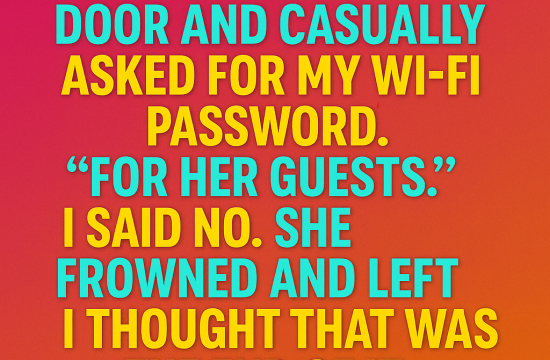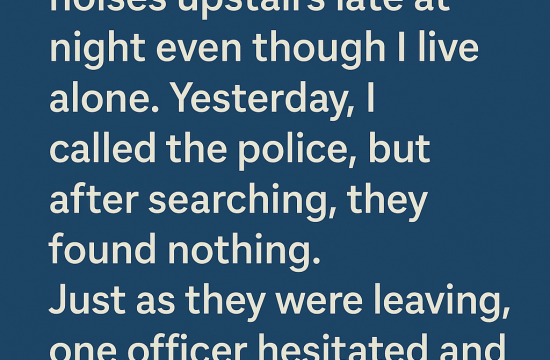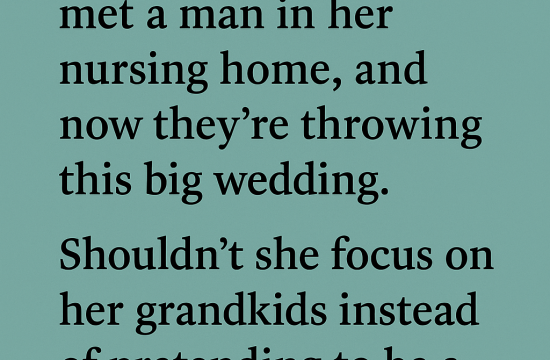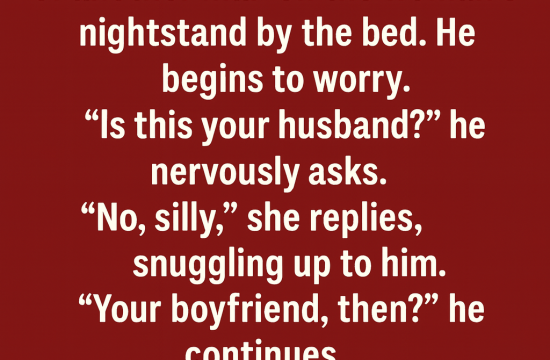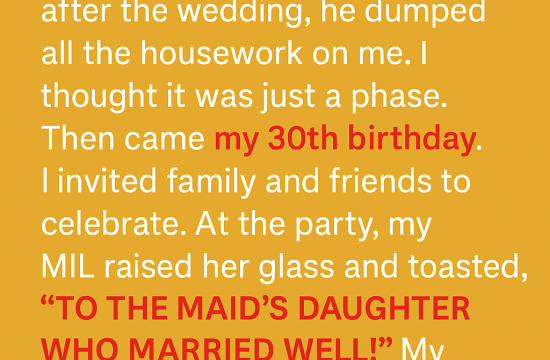As pet owners, we learn to understand the subtle signals our dogs give us—whether it’s a playful wag of the tail or a gentle nudge for attention. But there’s one sign many people overlook: the color of a dog’s collar.
That vibrant red collar? It’s not just a fashion statement—it’s a warning.
The Hidden Message Behind a Red Collar
While most people choose dog collars based on style or comfort, certain colors carry specific meanings. Among trainers, groomers, and rescue workers, red collars are often used to silently communicate one crucial message:
“Please give this dog space.”
A red collar usually signals that the dog may be nervous, anxious, recovering from trauma, or even reactive toward people or other animals. It’s not about labeling a dog as “bad”—it’s about giving them the room they need to feel safe.
A Brief History of Color-Coded Collars
Color-coded collars and leashes have become more common in recent years, especially in public parks and training environments. For instance:
-
🟢 Green usually means “friendly with everyone.”
-
🟡 Yellow signals “nervous” or “in training.”
-
🔴 Red stands for “keep your distance.”
These colors help reduce misunderstandings and prevent stressful or dangerous interactions—for both dogs and humans.
Why Red?
Red is a universal signal for caution—it stands out and catches the eye. That’s exactly the point. A red collar serves as a visual alert to passersby: this dog may not want to be approached, touched, or overwhelmed.
This proactive measure can prevent bites, anxiety flare-ups, and uncomfortable confrontations—especially in public places.
How to Respond to a Dog Wearing a Red Collar
If you see a dog wearing red, here’s what to do (and what not to do):
1. Be Respectful and Give Space
Resist the urge to pet or speak to the dog, no matter how cute or curious they seem. Move slowly, keep a respectful distance, and allow the dog to observe you first.
2. Watch the Dog’s Body Language
Even with a red collar, not all dogs are aggressive—but many are on edge. Signs of stress include:
-
Tail tucked between legs
-
Ears pinned back
-
Stiff posture or wide eyes
-
Growling, lip licking, or showing teeth
If you see these, back away calmly.
3. Speak to the Owner—Don’t Assume
If you’re unsure, ask the dog’s owner:
“Is it okay if I say hello, or would your dog prefer space?”
Most pet parents will appreciate your caution and will gladly explain their dog’s comfort level.
4. Manage Your Own Dog Around Red-Collared Dogs
If you’re walking your own dog and see one wearing red, it’s your job to prevent unwanted interaction. Cross the street if needed. Practice leash manners with your dog so they don’t approach others without permission. Remember, even a friendly dog can trigger stress in a reactive one.
Why This Awareness Matters
More people recognizing what a red collar means can reduce dog bites, prevent trauma, and make public spaces safer for everyone—dogs and humans alike.
Help spread the word. Tell other dog lovers. Share this tip with parents and kids. The more people know, the more we can protect vulnerable pups from being misunderstood or triggered.



